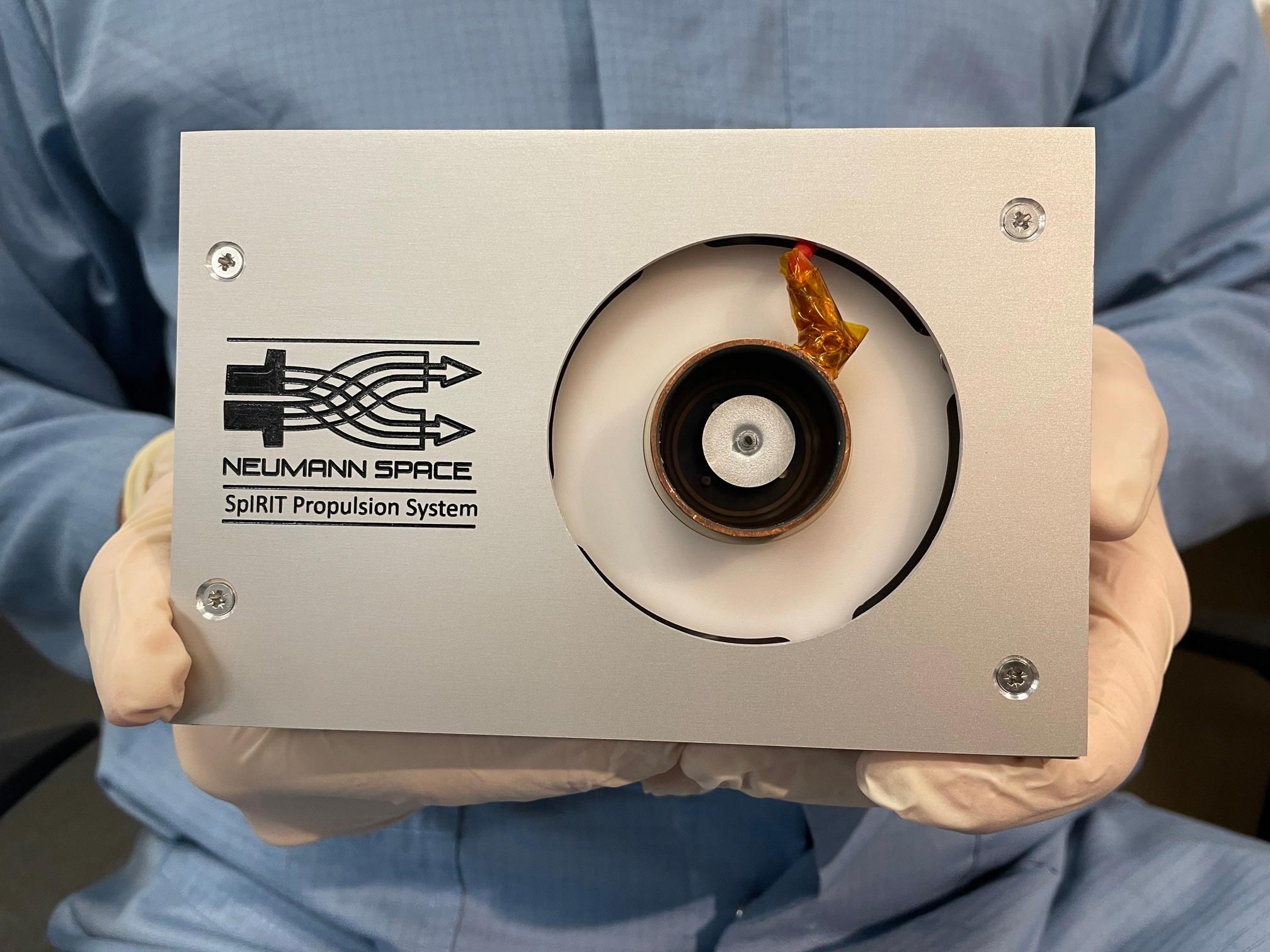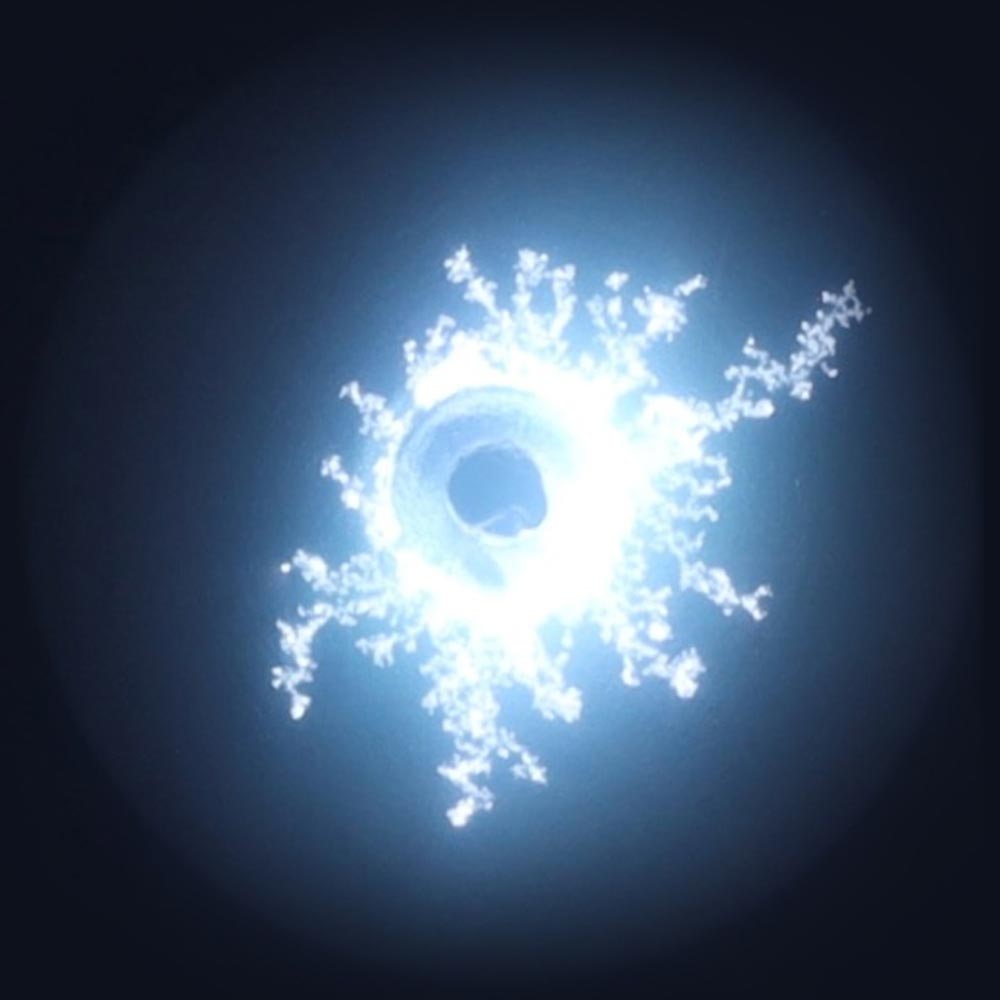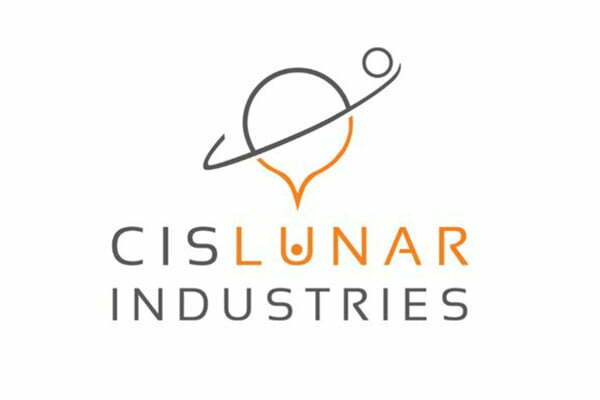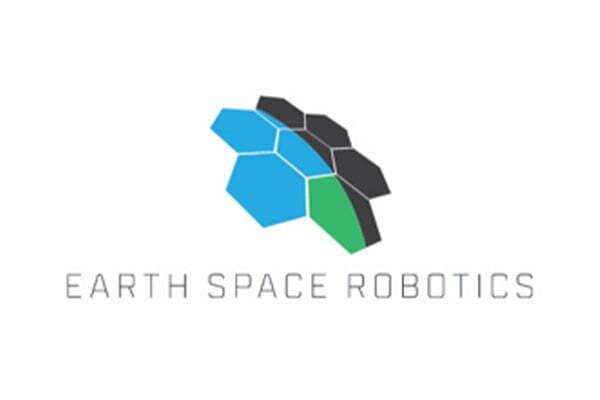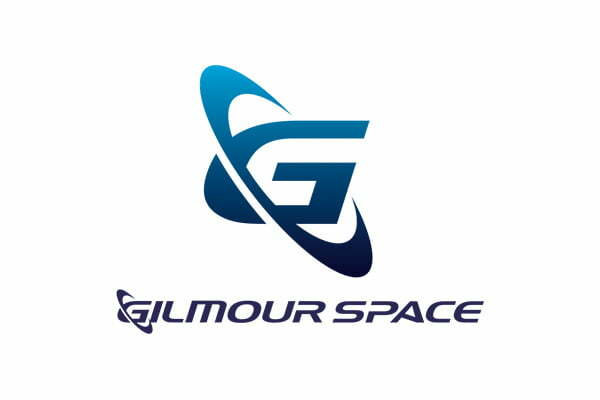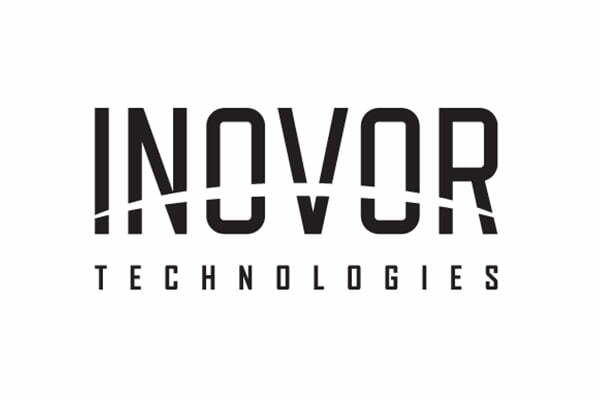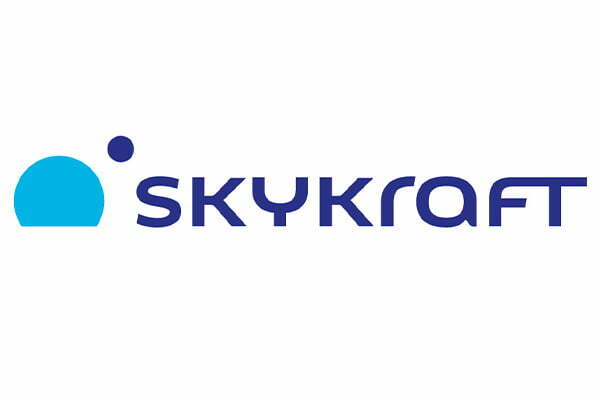Neumann Drive
THE NEW STANDARD
FOR IN-SPACE PROPULSION
Our Products
The Neumann Drive’s superior electric propulsion system doesn’t just focus on propulsion performance; it covers the full mission lifecycle.
Our product range covers CubeSat (IoD coming soon), SmallSat (in development) and specific client requirements.
- Simple, solid-state, robust design
- Rapid manufacturing capability
- Availability off-the-shelf fully fueled
- Plug & Play integration
- Ability to fulfil mission requirements
- Safe to handle and operate
- Sustainable propellants
- In-space refueling / mission extension
- Minimal logistics and regulatory paperwork
The Neumann Drive’s unique solid metallic propellant rod is unrivalled in the market. The rod can be made (on Earth and in space) of any solid conductive metals and alloys – including the many tons of various metals already in orbit.

Additional benefits:
- Solid and not subject to phase changes
- Chemically inert
- Non-toxic
- Offers incredible density compared to traditional gas and liquid propellants, without the need for pressurised tanks and neutralisers
- Inherently radiation tolerant
- Available in industrial quantities that are historically not subject to significant price variations
- Ability to refuel in orbit while removing debris.
Our Technology
Our product is a lightweight solar-electric ion thruster.
The Neumann Drive uses our patented Centre-Triggered Pulsed Cathodic Arc Thruster (CTPCAT) technology to convert a solid conductive fuel rod into plasma and produce thrust. The system can use a range of conductive fuels giving unprecedented control over propulsion performance. It can generate high specific impulse levels and provide exceptional Δv.
How does the physics work?
The Neumann Drive
Our propulsion system uses a cathodic arc discharge powered by a capacitor bank. We use high currents in very short sharp pulses at modest voltage to erode material from a solid conductive cathode. The plasma exhaust for each pulse is fully detached, and streams away from the spacecraft with exhaust velocities of tens of kilometres per second, giving the spacecraft its momentum.
This process does not require electrostatic grids, a virtual cathode, or other methods of extracting an ion beam since the plasma acceleration processes are sufficient to eject the plasma. Our system also does not require an exhaust neutraliser, as the electron-rich discharge volume allows the ion beam to self-neutralise.
Vacuum arc technology
The vacuum arc (or cathodic arc) technology inherits from the cathodic arc plasma deposition.
An electric arc discharge is used to vaporise phase transition solid material from a cathode target. Once applied to satellite dynamic, the arc spots generate a force when travelling along the cathode surface for every pulsed discharge (~200us). The patented Pulsed Cathodic Arc Thruster (PCAT) becomes a propulsion system for Space.
Why Pulsed Arc
Arc Triggering
Initial Cathode Spots
End of Pulse
From physics to engineering
Although the physics isn’t new, making it work in space – especially in a cubesat form factor – requires serious engineering skills.
Our advanced team of engineers and technicians have successfully designed, built and tested a complete propulsion system based on Dr Neumann’s innovation. Easily integrated via a single connector and a simple mechanical interface, it includes the power processing hardware, microcontroller, capacitor bank, and thruster head with propellant.
Given that our propellant is a solid object that is non-hazardous, solid-state and chemically inert, we avoid the challenges of other technologies using gaseous or liquid propellants. We can ship our system with the propellant loaded, removing the need for a pressurised tank.
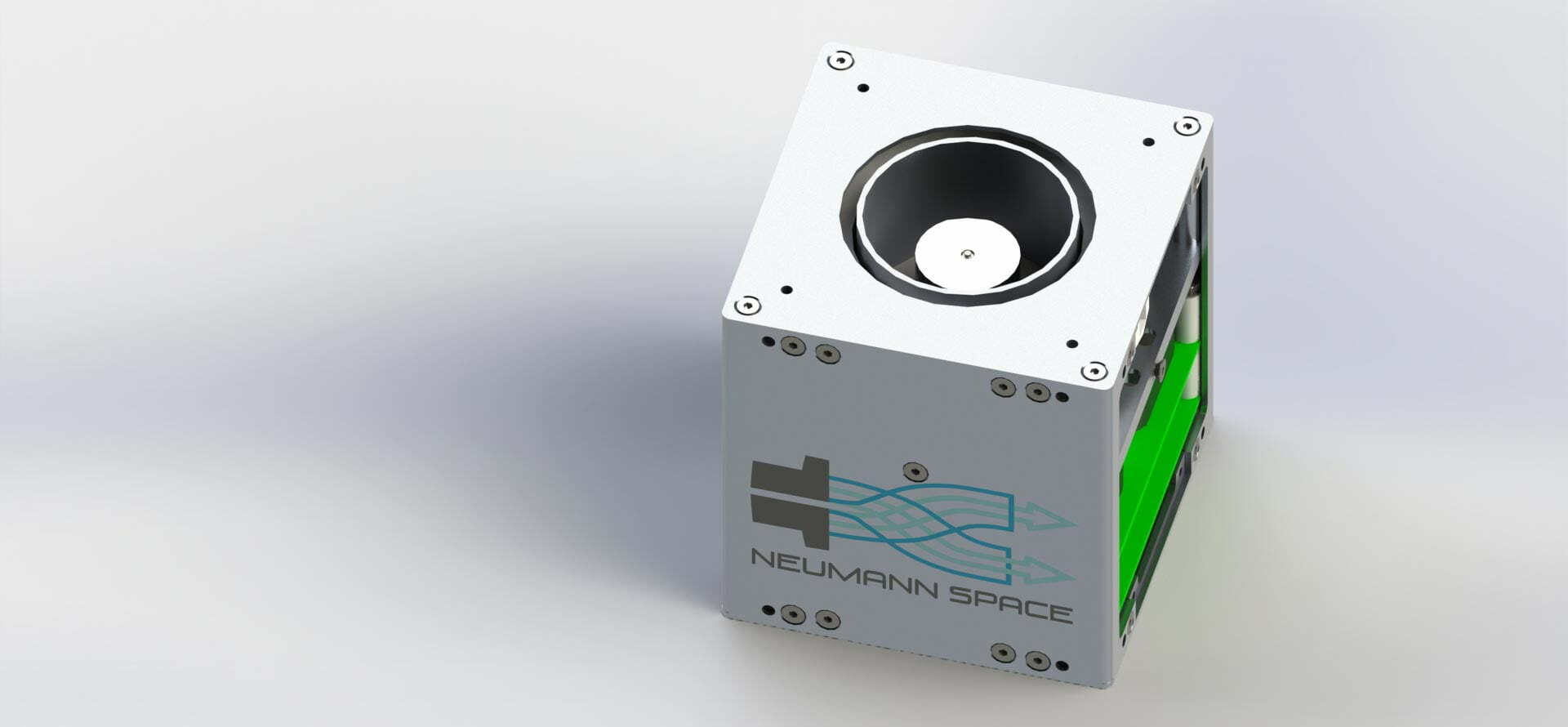
Our thruster’s quasineutral exhaust also operates at far lower voltages than ion, electrospray, or FEEP systems, further enhancing system safety from a power supply perspective. Other technologies require a complex neutraliser to prevent spacecraft charging, leading to a significant risk of arcing and breakdown in the power supply or neutraliser.
Our technology uses common materials that are commercially available, reducing cost, risk and lead time. Other technologies may require exotic materials (such as xenon), problematic machining processes (such as making ceramic discharge chambers), or advanced fabrication techniques (such as laser-sintered refractory metals) – all of which add costs.
Since our system operates in pulses that are each a few hundred microseconds long, the available spacecraft power can charge the capacitors between pulses at a rate determined by the onboard power management system. This feature permits our system to operate at the same efficiency in power-constrained environments while producing less thrust due to the lower power input. Miniaturised versions of other technologies can struggle with the limited power available to small spacecraft and nanosatellites, as they require power for propellant management, neutralisers, and other enabling hardware.
